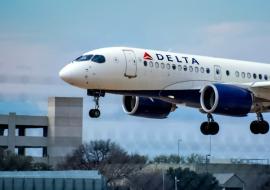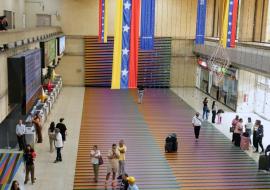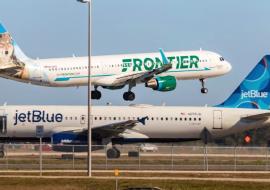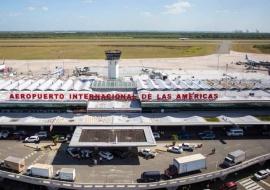Bahamasair Aircrafts Banned from Entering U.S. Airspace
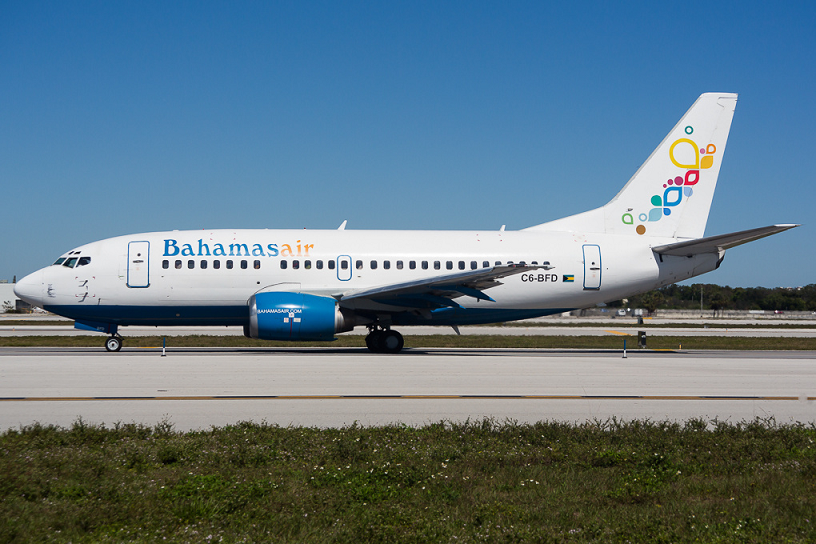
A ten-year deadline was not enough time for Bahamasair to make the avionic upgrades necessary to use United States airspace after Jan 1, 2020. As a result, the flag carrier of the Bahamas cannot fly three of its four jet aircraft into US airspace and may not solve the problem until March, according to a news report posted by Forbes.
The US Federal Aviation Administration mandated in 2010 that aircraft be equipped with hardware to use the FAA’s more sophisticated satellite-based air traffic control management system, NextGen, that replaces traditional ground radar technology.
This step of the transition requires aircraft to have Automatic Dependent Surveillance-Broadcast Out (ADS-B) capability either at time of manufacture or retrofitted with a kit.
The ATRs have a smaller passenger capacity than the 737-500s Bahamasair cannot fly to the US. Bahamasair may have difficulty transporting passengers this weekend since it is the end of the New Year travel period, and the airline has an existing commitment with Club Med, the article in Forbes continues to explain.
Travel demand is slower in January and February, and Bahamasair already planned for one of its 737-500s to be out of service while undergoing maintenance in Costa Rica.
Two of Bahamasair’s 737-500s were manufactured in 1993 and the third in 1997, and all three flew with other airlines before arriving at Bahamasair between 2012 and 2014, according to Air Fleets. Southwest Airlines had operated a large 737-300/500 fleet but retired them by the end of 2017.
Bahamasair’s 737-700 NG was manufactured in 2003 and flew with other airlines before Bahamasair acquired it in 2018, when it expected to take two more 737NGs in 2019. It is unclear what happened to the plan, but last year’s grounding of the 737 MAX increased demand and prices for 737 NGs, which are not part of the MAX grounding.
“ATC might not be able to grant authorizations for a variety of reasons, including but not limited to workload, runway configurations, air traffic flows, and weather conditions,” the agency said.
There is some exasperation in the FAA’s guideline for exceptions. “Operators have known for over eight years that authorization requests…will be handled on a case-by-case basis,” the agency wrote. “Relying solely on an ATC authorization—which may not be granted—to operate a non-equipped aircraft in ADS-B Out airspace would put the operator’s scheduled operations in jeopardy.”
“The FAA will be very unlikely to issue routine and regular authorizations to scheduled operators seeking to operate non-equipped aircraft,” the agency wrote. Yet by pre-empting potential disruptions there appears to be a larger short-term disruption by Bahamasair not flying its 737-500s to the US.
The FAA’s prohibition of aircraft not equipped with ADS-B does not reflect the FAA determining the aircraft or airline to be unsafe. Turnquest said the 737-500s being taken off US routes will instead fly intra-island services and flights to Cuba, Haiti and the Turks and Caicos Islands.
ADS-B equipage was expected to be more problematic with business jet operators, who even last year were unaware of the rule, postponed installation in hopes of securing cheaper services, or planned to sell their aircraft and wanted the new buyer to pay for the retrofit.
One maintenance company said last October that 23% of the business jet fleet and 49% of general aviation turboprops were not equipped, while another company estimated 5,000 non-commercial aircraft would miss the January 1, 2020 deadline.










